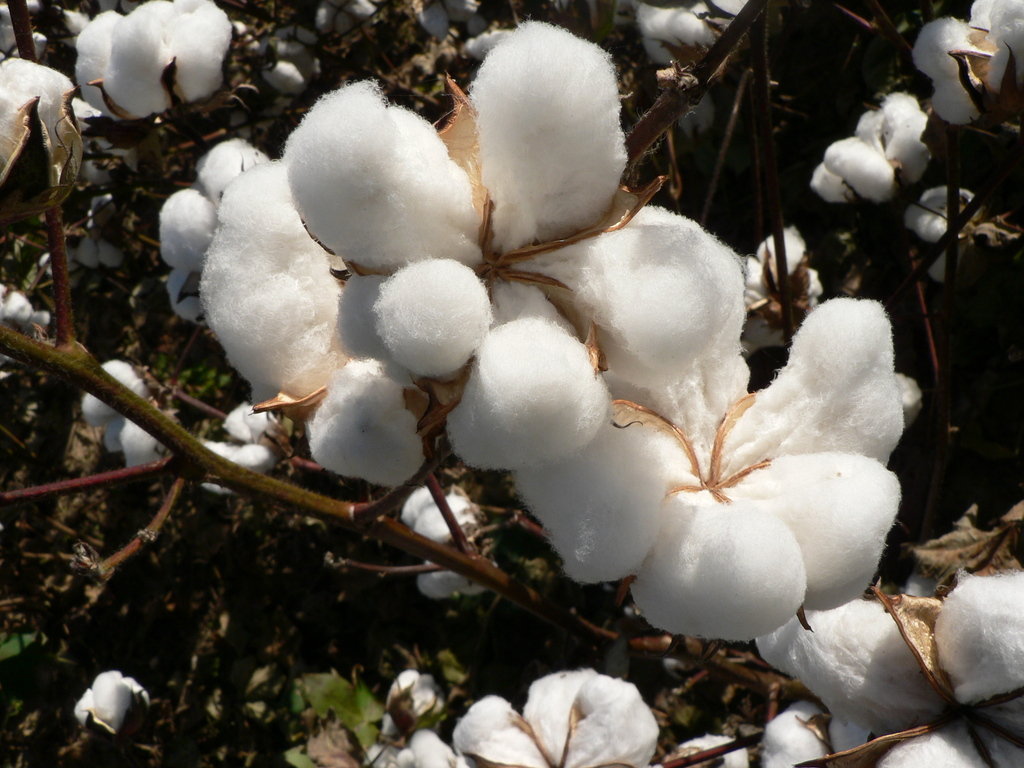Cotton merchants introduce centralised buying system
 Martin Kadzere Harare Bureau
Martin Kadzere Harare Bureau
COTTON merchants have introduced a centralised cotton buying system, a move which has been described by farmers as an attempt to “promote monopolistic tendencies.” The new system is meant to curb side marketing, which had become rampant in the industry. The Cotton Ginners’ Association, which represents the merchants, is buying the crop on behalf of all ginners, except for China Cotton Africa, and volumes are shared depending on ratio of inputs contributed, industry players told our Harare Bureau.
About 98 percent of production is funded by ginners under contract schemes introduced at a time when farmers were failing to access finance due to lack of collateral.
Farmers are being paid $0,30 per kilogramme and get an extra payment after grading.
“We’re using a common buying system for all ginners except for China Cotton Africa,” said an official with a leading cotton company. “CGA is buying on behalf of ginners and the volumes shared on pro-rata; depending on level of investment in the production.”
No official comment could be obtained from CGA by the time of going to print.
While cotton production has been on the rise over the past few years, the viability of the sector has been adversely affected by side marketing. The challenges emanated from a situation where some merchants were deliberately paying higher prices to entice cotton growers including those holding the contracted crop.
Industry players said the uneven playing field where some merchants invest more in production and lose the crop as a result of side marketing was a recipe for disaster.
However, farmer organisations have expressed concern over the new cotton buying system, saying the model has taken away competition.
“Our position is that the system is promoting monopolistic tendencies that we’ve been fighting,” Zimbabwe National Farmers’ Union vice president Garikai Msika said in an interview.
“The collective buying system is prejudicing farmers because we no longer have competition. It doesn’t augur well with what we’re trying to achieve (competition).”
Competition and Tariff Commission assistant director (Competition) Benjamin Chinhengo said the CTC would engage the Agricultural Marketing Authority to establish if the new system was not creating a “monopolistic environment in the market.”
Analysts said the cotton industry needs to revert to Cotton Marketing Board monopoly model to achieve better efficiencies, viability and sustainability. They have argued that liberalisation of marketing would not work if the regulatory enforcement is weak.
“Liberalising the industry hasn’t worked due to ineffective regulation,” said one analyst.
“Market forces are great for freely produced crops but not when all production is under contract. Although this would shift the problem from the private to the public sector, the CMB model will resuscitate the industry and pay better prices to the farmers.”
Another analyst say the CMB model is a lower risk model which means better inputs package and training, better yields, higher volumes and better economies of scale.
Cotton output for the 2013-14 season declined 6,2 percent to about 136 million kg, from 145 million kg the previous season. During 2011-12, cotton production was 350 million kg.
A report at the 73rd Plenary Meeting of the International Cotton Advisory Committee in 2014 said there were an estimated 170,000 small-scale cotton farmers in Zimbabwe, down from 200,000 in the 2012/13 season.
